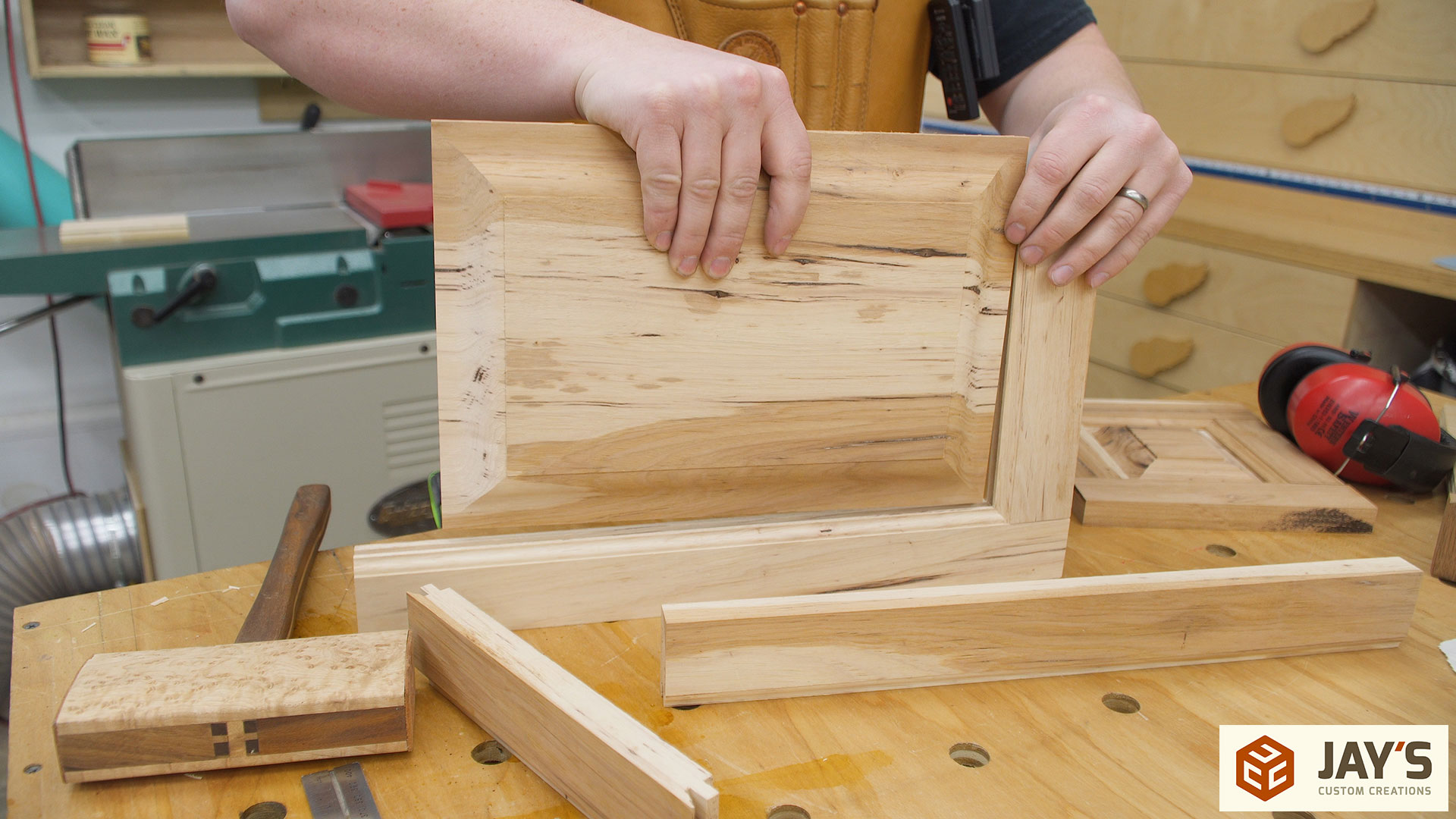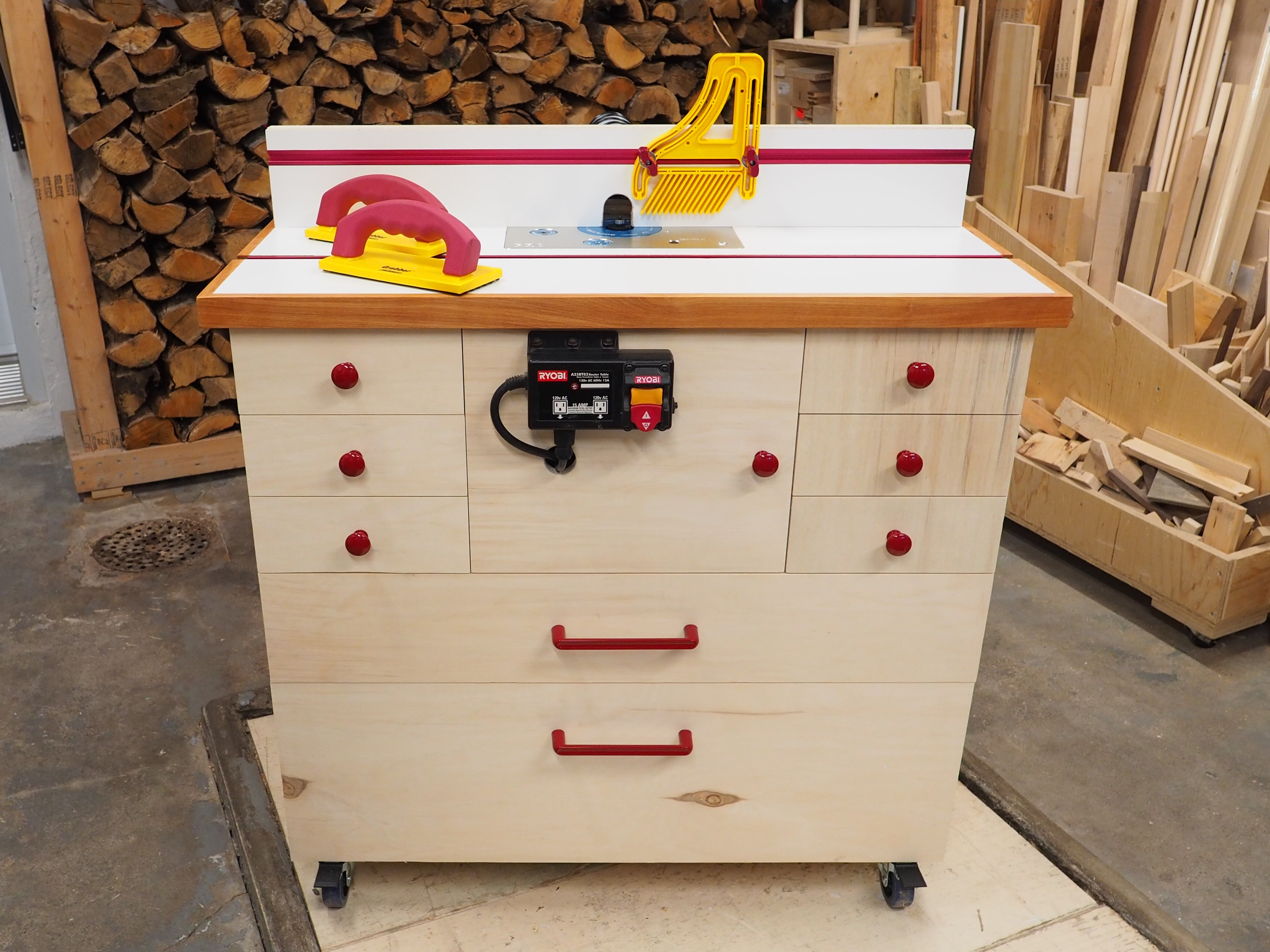Choosing the Right Router Bits and Wood

The selection of router bits and wood significantly impacts the quality, durability, and ultimately, the political economy of your cabinet doors. A poorly chosen bit can lead to frustrating imperfections, wasted materials, and increased labor costs – a microcosm of larger societal inefficiencies. Conversely, strategic choices can optimize the production process, resulting in superior products and a competitive edge in the marketplace. This is not merely a matter of craftsmanship; it’s a reflection of economic power and resource management.
Router Bit Selection for Cabinet Doors
The router bit is the heart of the operation, dictating the profile and precision of your cabinet doors. Improper bit selection can lead to subpar results, wasting time and materials. The following table details the common types and their suitability for cabinet door construction. Note that the “pros” and “cons” are not value judgments, but rather objective assessments of performance characteristics within specific contexts.
| Bit Type | Material | Application | Pros/Cons |
|---|---|---|---|
| Straight Bit | Carbide tipped steel | Creating a flat surface, rabbets, dadoes | Pros: Versatile, precise cuts. Cons: Limited decorative capabilities. |
| Raised Panel Bit | Carbide tipped steel | Creating raised panels on cabinet doors | Pros: Creates classic, elegant look. Cons: Requires precise setup, more complex than straight bits. |
| Ogee Bit | Carbide tipped steel | Creating decorative edges, particularly S-shaped profiles | Pros: Elegant profile, adds visual interest. Cons: Can be challenging for beginners, requires precise depth control. |
| Roman Ogee Bit | Carbide tipped steel | Creating a more pronounced S-shaped profile | Pros: More dramatic than a standard ogee bit. Cons: Requires even more precise setup and control. |
| Flush Trim Bit | Carbide tipped steel | Trimming edges flush with a template | Pros: Ensures perfectly aligned edges. Cons: Requires a template, not suitable for all applications. |
Wood Selection for Cabinet Doors
The choice of wood dictates not only the aesthetic appeal but also the longevity and overall cost of the cabinet doors. The inherent properties of the wood—its density, grain structure, and susceptibility to warping—directly impact the manufacturing process and the final product’s durability. The following options represent a range of price points and performance characteristics, highlighting the inherent economic considerations involved.
The selection process involves balancing cost-effectiveness with desired aesthetic and performance attributes. Choosing inexpensive wood might save upfront capital but could lead to shorter lifespan and higher long-term replacement costs. Conversely, selecting high-end wood involves a larger initial investment but potentially leads to greater durability and longevity.
- Hard Maple: Durable, strong, and readily available. Offers a light, clean aesthetic. A solid, middle-ground option balancing cost and quality.
- Cherry: Rich color and grain, known for its beauty and durability. More expensive than maple, reflecting its premium market position.
- Red Oak: A robust and relatively inexpensive option. Offers a strong, traditional look. A popular choice for cost-conscious consumers.
- Pine: Softwood, readily available and inexpensive. Less durable than hardwoods, requiring more care and potentially leading to shorter lifespan.
- Birch: A strong and relatively light-colored wood, offering a good balance between durability and cost. A competitive alternative to maple.
Creating the Door Frame and Panel

Constructing cabinet doors with a router demands precision and a systematic approach. Failure to execute each step correctly will result in subpar craftsmanship, ultimately undermining the overall aesthetic and structural integrity of your project. This section details the crucial steps in creating both the frame and the panel of your cabinet door. We will examine the construction of the frame using a router and jig, then move on to panel creation, addressing various styles.
How to build cabinet doors with a router – The creation of the door frame and panel involves precise cuts and consistent measurements. Any deviation from the plan will result in a visibly flawed final product. The jig described below is essential for maintaining this consistency across multiple pieces. Choosing the right wood, as previously discussed, also plays a vital role in achieving a high-quality outcome.
Frame Construction with Router and Jig, How to build cabinet doors with a router
The router, coupled with a carefully designed jig, is instrumental in producing accurately sized and uniformly cut frame pieces. The jig acts as a guide, ensuring consistent depth and angle of the cuts. Without a jig, achieving this level of precision across multiple pieces would be extraordinarily difficult and time-consuming, resulting in inconsistent door frames. We will detail the construction of a simple but effective jig below.
The following steps Artikel the creation of the door frame using a router and a simple jig. This method allows for consistent cuts across all four frame pieces, crucial for a well-fitting door.
| Step | Description |
|---|---|
| 1 | Cut the four frame pieces to their rough dimensions. Allow extra material for final trimming. Precise measurements are critical here. |
| 2 | Using the router and a suitable bit (as previously discussed), cut the rabbets on the inside edges of the frame pieces. The jig will ensure consistent depth and width. |
| 3 | Assemble the frame using wood glue and clamps. Ensure the corners are square and the frame is perfectly aligned before the glue sets. Imperfect alignment at this stage will lead to a visibly flawed final product. |
| 4 | Once the glue is dry, carefully trim any excess material. This step requires precision to ensure a clean, finished look. |
Jig Construction for Consistent Cuts
A simple jig is essential for maintaining consistent cuts across multiple frame pieces. This jig ensures that the router bit engages the wood at the same depth and angle each time. Without this level of control, the resulting door frame will be uneven and unprofessional.
This jig design prioritizes simplicity and ease of construction, while ensuring consistent results. Improvised jigs often lead to inconsistent results, negating the benefits of using a router in the first place.
- Cut a piece of hardwood (e.g., maple or oak) slightly larger than the width of your frame pieces and at least as long as the longest frame piece. This will form the base of the jig.
- Using a router and a straight bit, cut a groove in the base of the jig. This groove will guide the router bit and determine the depth of the rabbet cut.
- Attach two fence pieces (strips of wood) to the sides of the base, creating a channel that precisely fits your frame pieces. These fences ensure consistent alignment during the routing process. The fences must be precisely aligned to avoid inconsistent cuts.
- Secure the jig to your workbench. A sturdy workbench is crucial to prevent movement during the routing process.
Cabinet Door Panel Creation
The cabinet door panel style significantly impacts the overall aesthetic. Options range from simple flat panels to more complex raised panels. The choice depends on personal preference and the overall design of the cabinets. Regardless of the chosen style, precise cutting and finishing are essential for a professional result.
Creating raised panels requires additional steps compared to flat panels. The method chosen will affect the overall look and requires careful consideration. Improper execution will result in a visually unappealing product.
Creating a raised panel can be achieved through several methods, including using a router with a raised panel bit or by using a combination of hand tools and a router. Each method has its own advantages and disadvantages. The choice depends on the skill level of the woodworker and the desired level of precision.
Finishing and Assembly: How To Build Cabinet Doors With A Router

The final stages of cabinet door construction demand precision and attention to detail. A rushed approach will result in a subpar product, reflecting poorly on the craftsman’s skill. Proper assembly and finishing techniques are crucial for achieving a durable and aesthetically pleasing result. These steps, while seemingly straightforward, require a steady hand and a keen eye for detail.
Successful assembly hinges on the accuracy of the previous steps. Imperfect cuts or poorly chosen wood will inevitably lead to difficulties in this phase. Therefore, meticulous preparation is paramount. The goal is a seamless integration of the frame and panel, creating a robust and visually appealing door.
Frame and Panel Joining
Precisely aligning the frame components is critical. Dry-fitting before gluing allows for the identification and correction of any discrepancies. Using a high-quality wood glue, apply a thin, even bead along the rabbet joints, ensuring complete coverage. Clamp the assembly firmly, using sufficient pressure to achieve a tight bond. Allow the glue to cure completely according to the manufacturer’s instructions; inadequate drying time compromises structural integrity. Excess glue should be removed immediately with a damp cloth before it sets, maintaining a clean finish.
Sanding and Surface Preparation
Once the glue is fully cured, the entire door assembly requires thorough sanding. Start with coarser grit sandpaper (around 120-grit) to remove any glue residue or imperfections. Gradually progress to finer grits (up to 220-grit or higher) for a smooth, even surface. Pay particular attention to the edges and corners, ensuring a consistent finish across the entire door. This painstaking process eliminates any imperfections, providing a flawless base for the finishing coats. Inconsistent sanding will result in an uneven finish, undermining the overall quality.
Finishing the Cabinet Door
The choice of finish significantly impacts the door’s durability and appearance. Oil-based finishes offer excellent protection and depth of color, while water-based options are often preferred for their low odor and ease of cleanup. Regardless of the chosen finish, application should be consistent and even. Multiple thin coats are preferable to one thick coat, minimizing the risk of runs or drips. Allow each coat to dry completely before applying the next, following the manufacturer’s recommendations. Proper ventilation is crucial, especially when working with oil-based products. A final coat of clear lacquer or polyurethane provides added protection against scratches and moisture damage, enhancing the longevity of the cabinet door.
